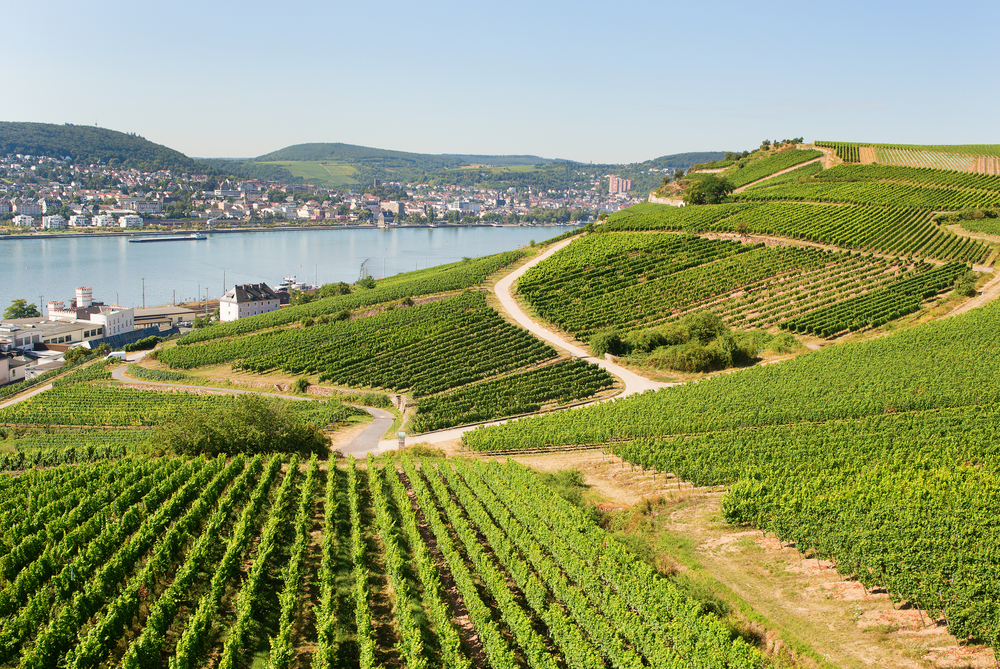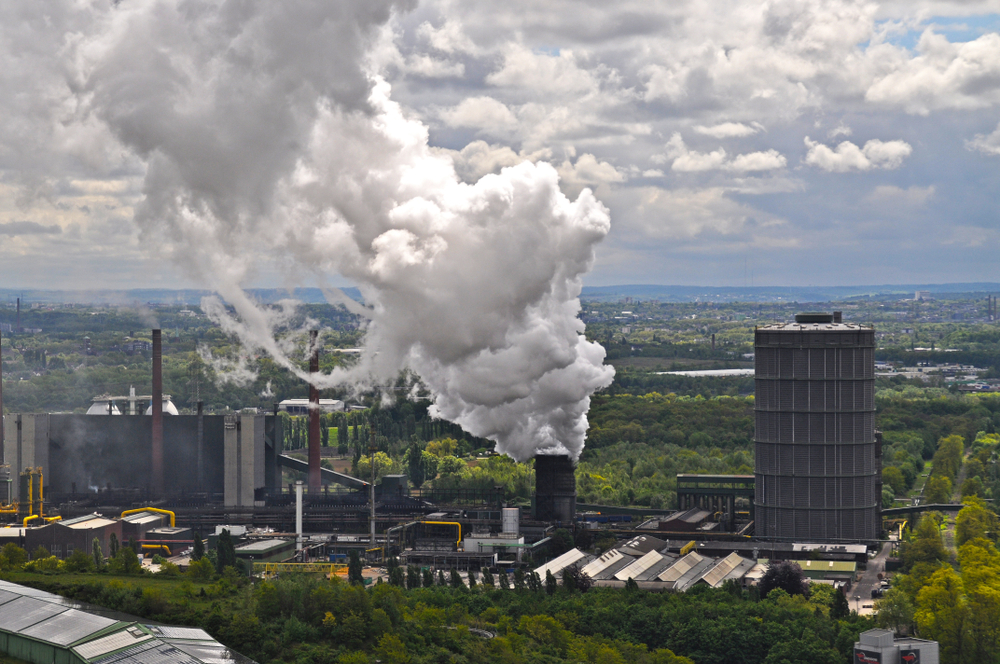Environment: Environmental Overview
Germany, located in central Europe, is known for its diverse landscape, ranging from the Bavarian Alps in the south to the North Sea coastline in the north. The country is also known for its highly developed economy, which has led to significant environmental challenges such as air pollution and water contamination. In this environmental overview, we will examine the current state of various natural features in Germany and their impact on the country's ecology and human population.
Rivers
Germany is home to several important rivers, including the Rhine, Elbe, and Danube. These rivers play a vital role in the country's economy, providing transportation, hydroelectric power, and irrigation for agriculture. However, many of these rivers have also been heavily polluted over the years, leading to declines in water quality and aquatic life. The Rhine, for example, has been polluted by industrial waste and agricultural runoff, resulting in elevated levels of heavy metals and other contaminants. Efforts to reduce pollution have been ongoing, including the construction of wastewater treatment plants and regulations on industrial and agricultural waste disposal.
Lakes
Germany has numerous lakes, including Lake Constance, the Chiemsee, and Müritz. These lakes are popular for swimming, fishing, and boating, but many have also been impacted by pollution. The Müritz, for example, has experienced algal blooms due to excessive nutrient runoff from agriculture and sewage treatment plants. Additionally, some lakes have been contaminated with microplastics, which can harm aquatic life and pose a risk to human health. To address these issues, efforts are being made to reduce nutrient runoff and regulate industrial and agricultural waste disposal.
Coastlines
Germany has a long coastline along the North and Baltic seas, which provides habitat for a variety of marine life. However, the country's coastline has been impacted by pollution, overfishing, and climate change. The North Sea, for example, has experienced declines in fish populations due to overfishing and warming waters. The Baltic Sea has also been impacted by eutrophication, which occurs when excessive nutrients lead to algal blooms and depleted oxygen levels. To address these issues, Germany has implemented regulations on fishing and is working to reduce nutrient runoff and improve wastewater treatment.
Mountains
Germany is home to several mountain ranges, including the Bavarian Alps, the Black Forest, and the Harz Mountains. These areas provide important habitat for a variety of plant and animal species, including several endangered species such as the lynx and the ibex. However, these areas are also vulnerable to habitat destruction and fragmentation due to development, tourism, and climate change. Efforts are being made to protect these areas, including the establishment of national parks and regulations on development and tourism.
Deserts
Germany does not have any significant desert areas.
Air Quality
Germany has struggled with air pollution, particularly in urban areas such as Berlin, Munich, and Hamburg. Emissions from transportation, industry, and agriculture have contributed to high levels of particulate matter and nitrogen oxides, which can have serious health impacts on the population. The country has implemented regulations on vehicle emissions and is working to transition to cleaner energy sources, such as wind and solar power, to reduce emissions.
Conclusion
Germany has a diverse array of natural features that provide habitat for a variety of plant and animal species and are essential to the country's economy and culture. However, these features have also been impacted by pollution, overuse, and climate change. Efforts are being made to address these issues, including the implementation of regulations on waste disposal and emissions, the establishment of protected areas, and the transition to cleaner energy sources.
Copyright © 1993—2025 World Trade Press. All rights reserved.

 Germany
Germany 
